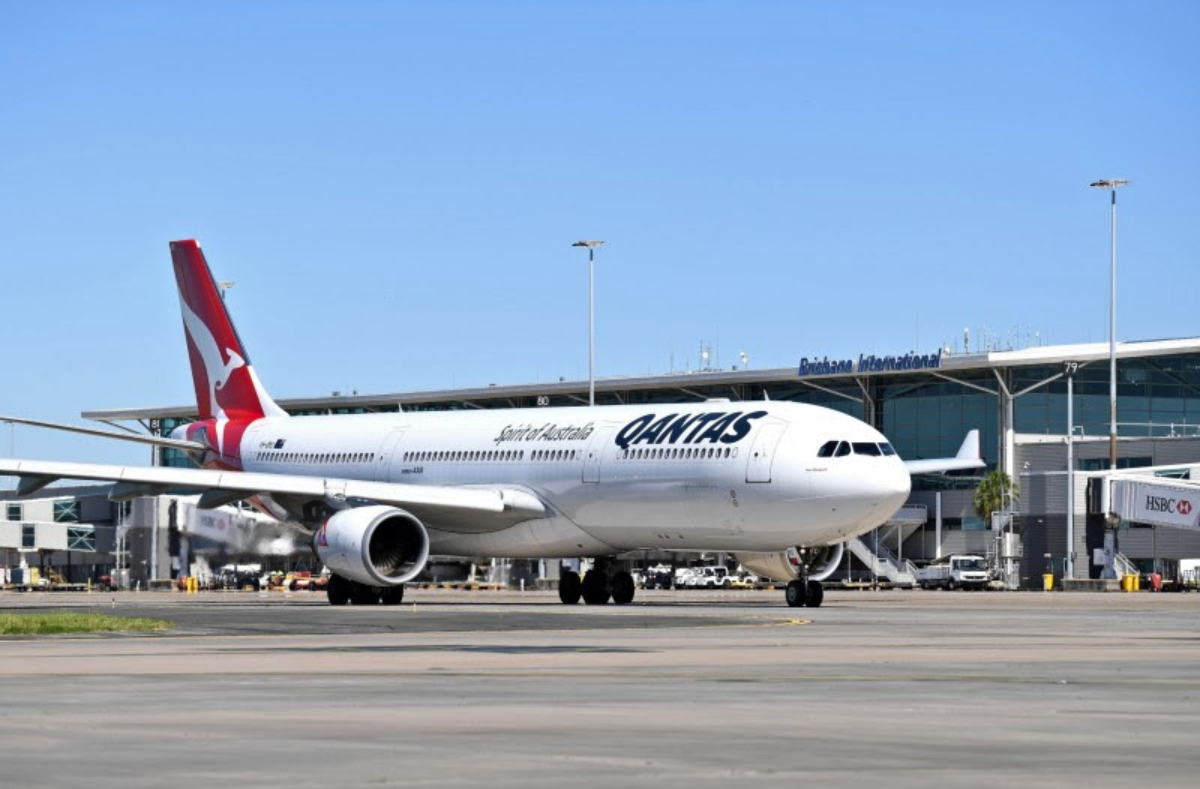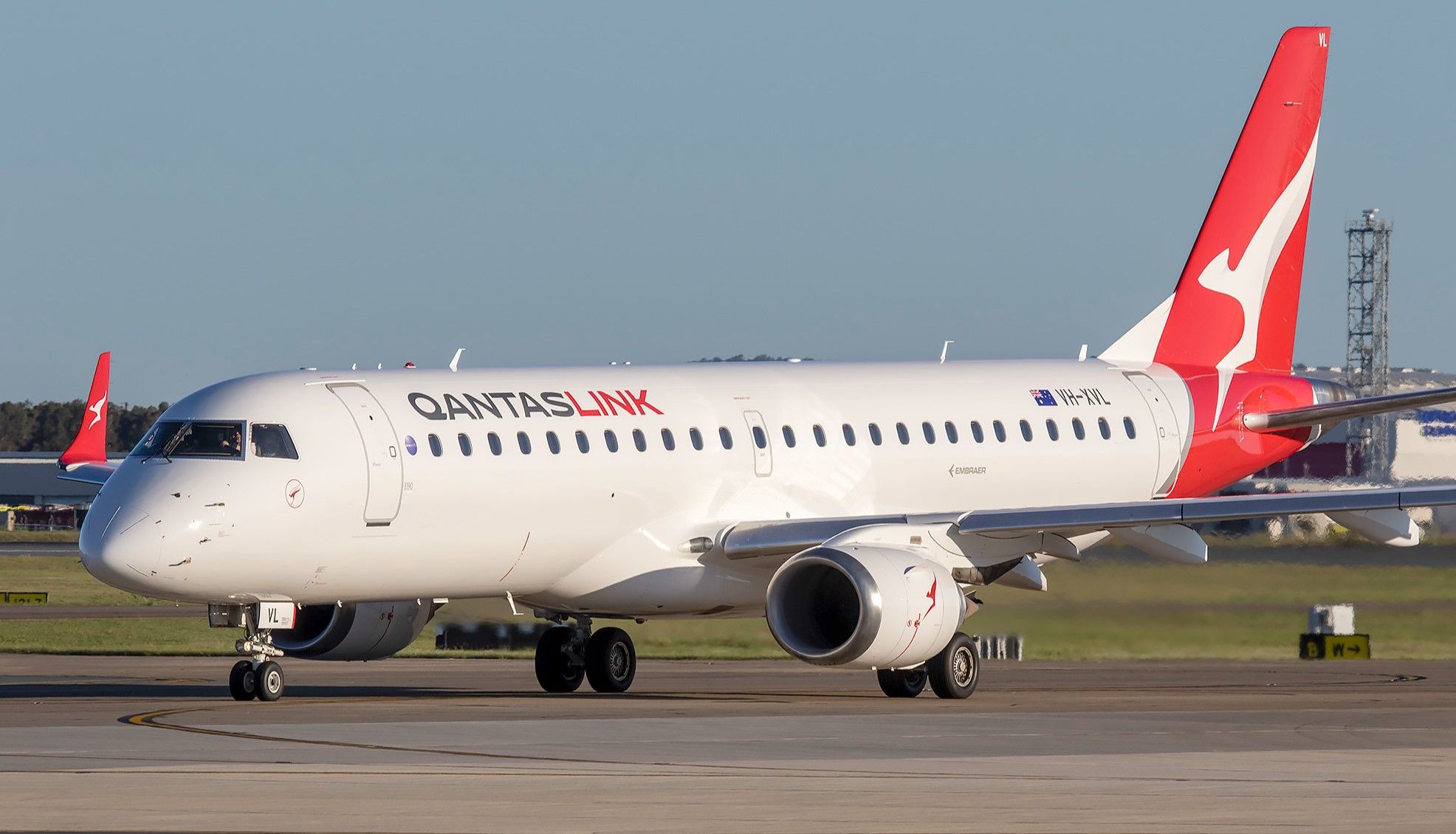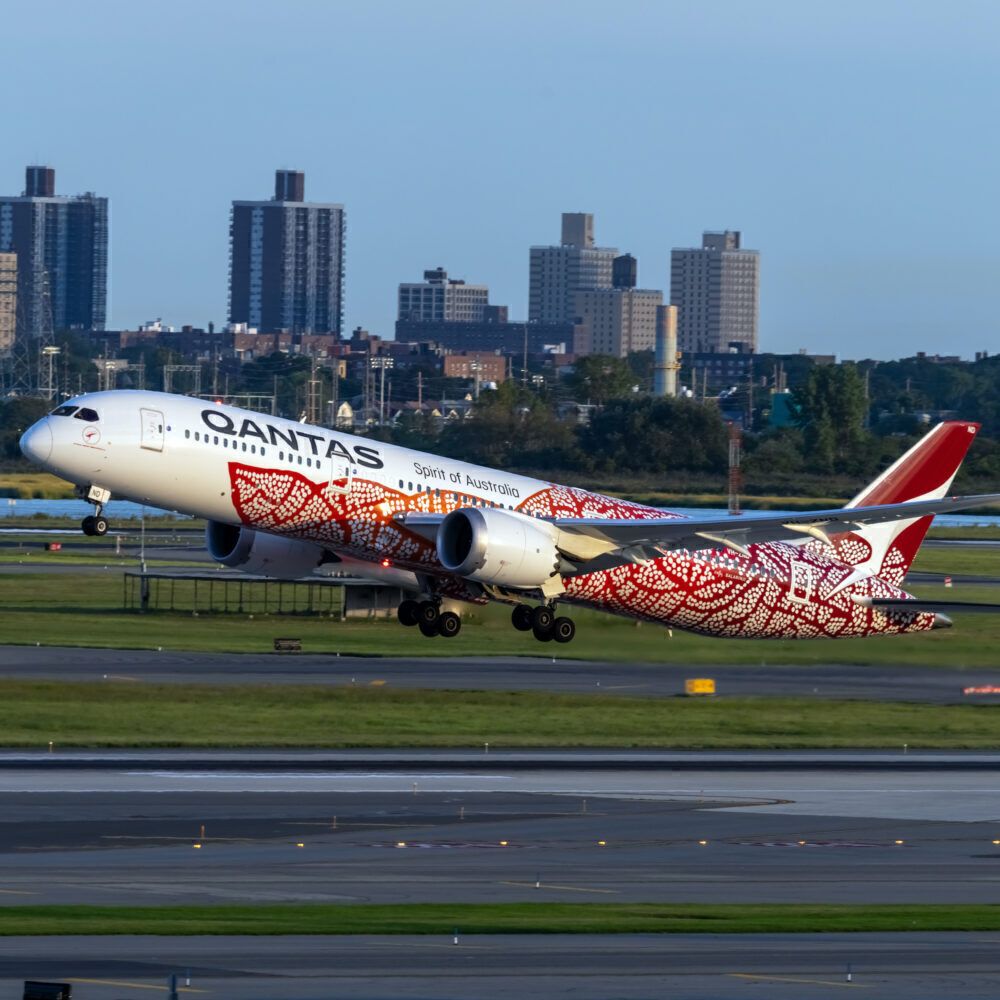There’s a saying that a rising tide lifts all boats and that’s certainly the case with Australia’s major airports in Melbourne, Sydney and Brisbane. In this instance the rising tide is driven by the region’s major carriers launching new routes and resuming others suspended due to the pandemic, while the boats are the airports.
It is the season for new flights
On Friday, Australia’s national carrier Qantas announced it would add around one million extra international seats over the next twelve months on routes that leave and arrive at an Australian airport. Also last week Singapore Airlines announced the return of A380 double daily flights from Sydney and daily from Melbourne, with the airline now operating more than 100 weekly flights between Australia and Singapore.
Photo: Vytautas Kielaitis | Shutterstock
Melbourne Airport CEO Lori Argus said the return of the Airbus A380 represented a significant vote of confidence in the city and its home state of Victoria, adding:
“This is the flagship of the Singapore Airlines’ fleet, and until recently this aircraft was being used for flights to Frankfurt and New York, so having that capacity diverted to Melbourne is quite a coup. The A380 is a passenger favourite and with space for 471 travelers it has more than 200 extra seats than the Boeing 777 it is replacing on this service.”
Overlaid on that is the return to Australia of seven major Chinese carriers and the ramp-up of flights from North America, Japan, Vietnam, South Korea and other Asian and South Pacific destinations. The domestic scene is also buzzing and if my experience last week in Sydney, Melbourne and Brisbane is anything to go by they look just as busy as they were three years ago.
Photo: Bonza
Beyond the three main East Coast airports traffic is surging in Adelaide and Perth, as it is in the regional and resource markets where Rex is such a strong carrier. Smaller airports are also benefitting from the launch of the country’s newest airline, Bonza, which has managed to launch Boeing 737 MAX 8 services to 17 destinations and 26 routes in a little over twelve weeks, building connections and jet services to cities that had not enjoyed them previously.
The triangle is certainly golden
Domestic routes between Melbourne, Sydney and Brisbane have long been dubbed the Golden Triangle, which is why Virgin Australia, Qantas, Jetstar, and Rex all compete so strongly to those destinations. They are also the nation’s major international gateways and have a friendly but intense rivalry when it comes to securing new airlines and routes. Last week the three airports released updates, and here is a summary of what they had to say.
Melbourne Airport (MEL) welcomed 2.71 million passengers in April, with an average of 90,350 people arriving or departing each day, up by 20% compared to March. In April Melbourne reached 87% of the traffic it handled in the same month in 2019, which totaled 3.12 million, with the airport well on track to hit pre-COVID levels as the new services gain momentum.
Photo: Ryan Fletcher I Shutterstock.
There were 773,600 international and 1.937 million domestic passengers using the airport, compared to 940,000 and 2.18 million, respectively, in 2019. CEO Lori Argus is another voice calling for airlines to add more aircraft and domestic capacity that will help “moderate the cost of airfares.”
“Higher airfares are challenging at a time when the cost of living is putting pressure on many household and small business budgets, and the industry needs to keep that front of mind to ensure Australians can afford to keep connected with the rest of the country.”
Sydney Kingsford Smith Airport (SYD) handled 3.09 million passengers in April, an 84% recovery compared to pre-pandemic April 2019. There were 1.13 million international and 1.96 million domestic travelers, with Chinese passengers now ranked as the third highest nationality, behind Australians and New Zealanders and ahead of USA, UK and South Korean passengers.
Airport CEO Geoff Culbert said it was “phenomenal to see the number of Chinese nationals already more than 50% recovered,” especially considering the border only fully reopened in March. He added:
“At the end of this month Sydney Airport will have seven mainland Chinese carriers offering 30 return services per week, with even more flights to be added soon.
“Capacity across the entire international market is building, with carriers including Singapore Airlines, United Airlines and Asiana Airlines all recently announcing additional flights to Sydney.”
Culbert also said that domestic recovery remained sluggish due to the high ongoing airfares and capacity reductions, although the strong international recovery was gaining momentum. New services and frequency changes to mainland China include:
- Beijing Capital Airlines twice weekly to Qingdao
- Hainan Airlines twice weekly to Haikou and then to Taiyuan
- Xiamen Airlines increasing to seven per week to Xiamen
- China Southern Airlines going to double daily to Guangzhou
- China Eastern Airlines increasing from daily to 11 per week to Shanghai Pudong Airport
Photo: Brisbane Airport Corporation
While no figures are available from Brisbane Airport (BNE), many new services have been announced that will soon start boosting traffic at Queensland’s capital city hub. On Friday the airport announced another three Qantas routes that are part of that expansion:
- Brisbane to Wellington Airport (WLG) in New Zealand from October 29th
- Brisbane to Honiara Airport (HIR) in the Solomon Islands from October 29th
- Brisbane to Tokyo will go from three times per week to daily from November 26th
Capacity between Brisbane and Tokyo is currently at 43% of pre-pandemic levels, but that will soar to 100% when the daily flights are introduced. Brisbane Airport executive general manager of Aviation, Ryan Both, commented:
“The Japanese market is very important for Queensland and this expansion by Qantas will not only mean tourists for Brisbane but also the Gold Coast and the Sunshine Coast, with 75% of the state’s international visitors arriving via Brisbane Airport.”
The new services to Wellington and Honiara will be operated with a Qantas Embraer E190 aircraft and will make Brisbane Australia’s most connected port to the South Pacific. Both said:
“Qantas has shown innovation here with its fleet of E190 aircraft providing an excellent premium product and it’s great to see these jets used on the new services from BNE.”
Have you noticed how busy your airports are? Let us know in the comments.

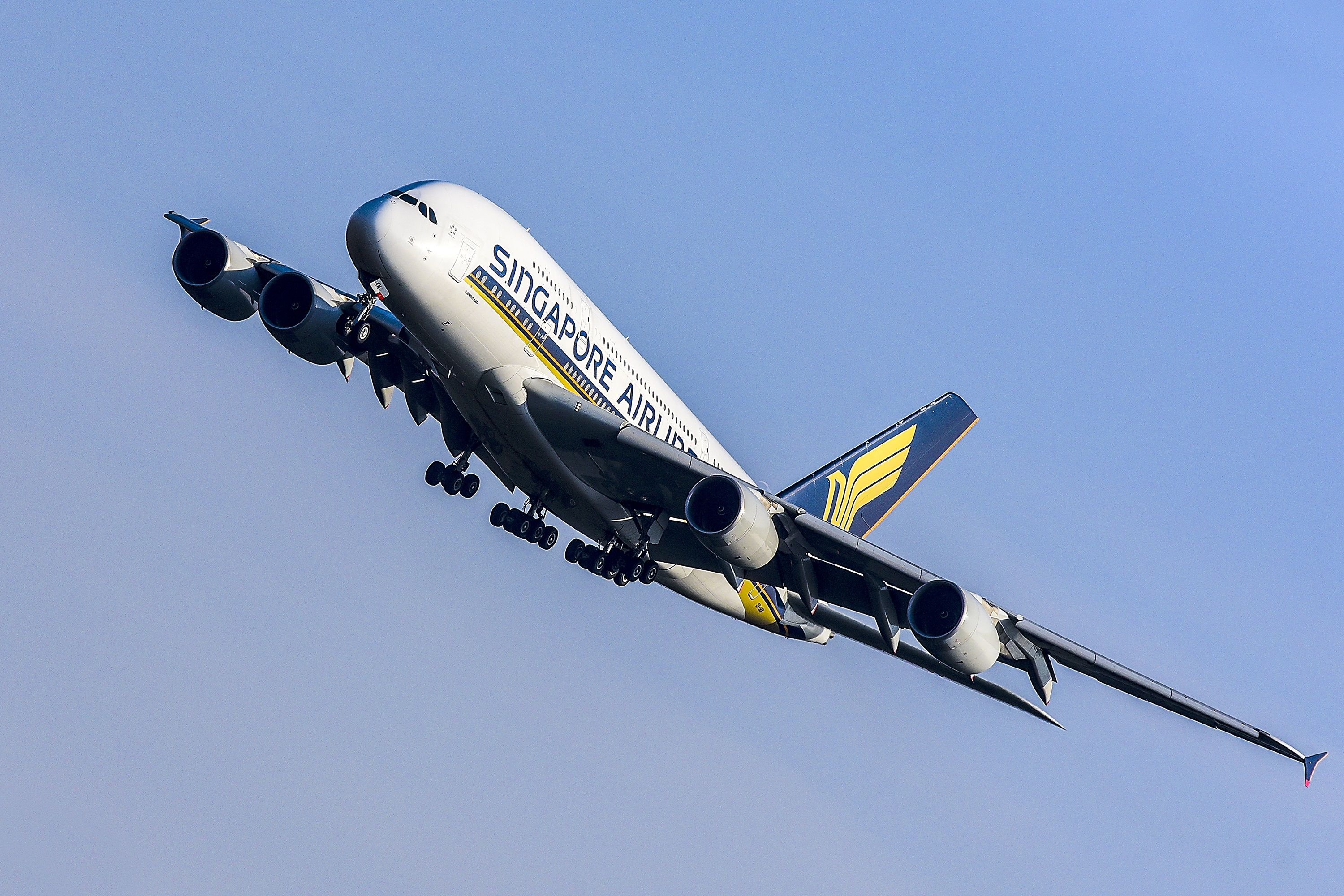
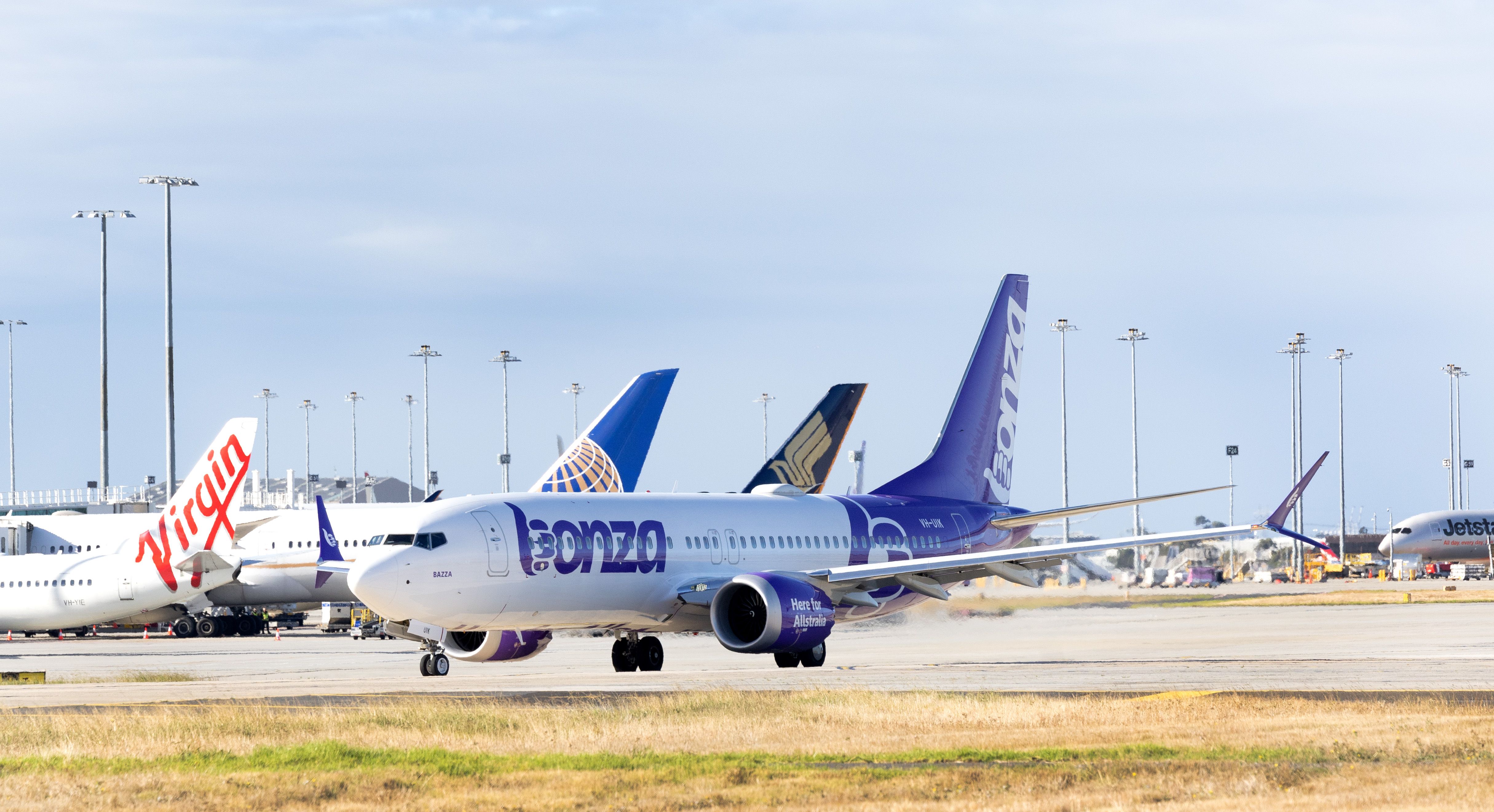
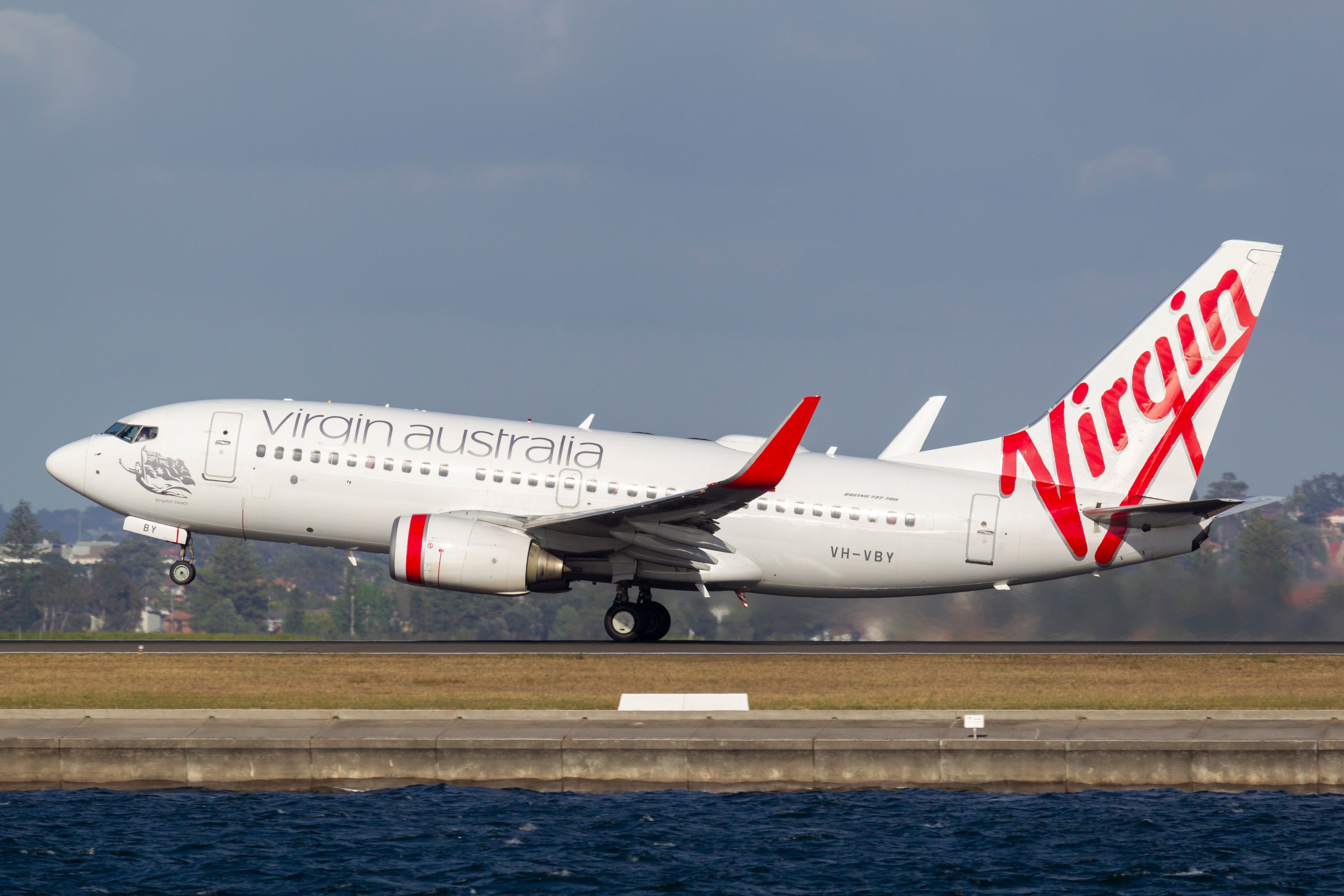
.jpg)
